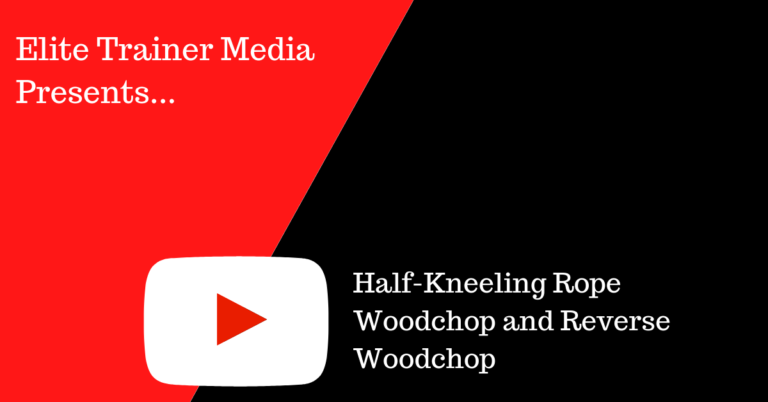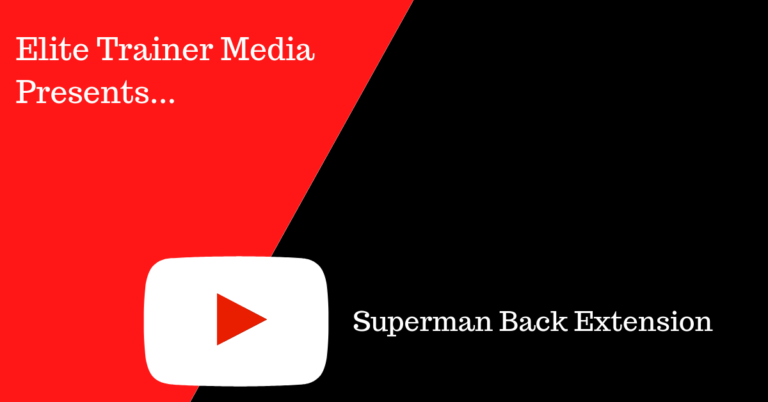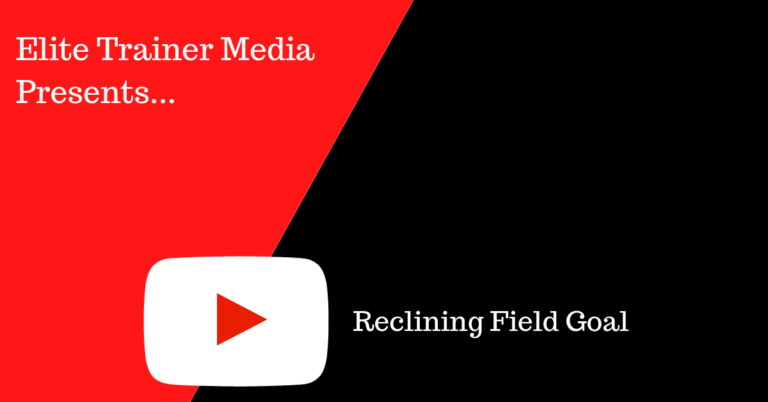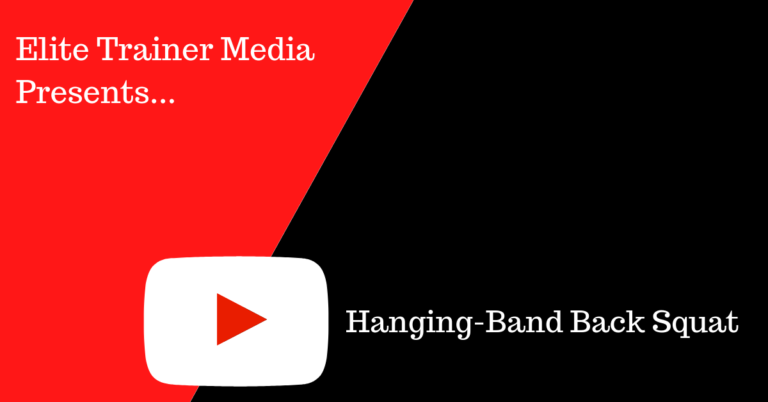If there’s ever a time not to draw in your navel, it’s during exercise. Despite the long-held belief that “sucking in your gut” strengthens your core, this practice can actually reduce stability, weaken your lifts, and increase injury risk. Unless you’re using it as a motor re-education method for injury rehabilitation, you should abandon it…
If you want to build a serious set of abdominals, routinely perform weighted pull-ups and dips. These multi-joint movements demand a strong contribution from the abdominals to stabilize the core, particularly when heavy loads are used. It’s not uncommon to feel abdominal soreness a day or two afterward. Done with a decent weight and strict…
As 2019 comes to a close, let’s take a look back at our most popular and impactful articles of the year. These posts sparked conversation, challenged the norm, and offered practical strategies to help you train smarter. Here are the top 10, plus a bonus: 1. Heavy Hip Thrusts Are Dangerous One of the most…
The half-kneeling rope woodchop and reverse woodchop are two exercises that work your obliques in a “spine-friendly” manner. These anti-rotational movements are a solid addition to any program if you want to train your core safely and effectively. Give them a shot!
A great antagonist movement for abdominal exercises like Ab 45s and the Reclining Field Goal is the Superman Back Extension. It’s best performed on a back hyperextension bench or a glute-ham raise (GHR) machine. To do it, extend your arms fully overhead and keep them in line with your torso throughout the set. Raise your…
I discovered this unique abdominal exercise about a decade ago in the e-book The Bodybuilding Truth by Nelson Montana. According to Montana, abdominal development is genetically determined, and classic movements like sit-ups and leg raises are largely ineffective for the abs—those movements hit the psoas (hip flexors) more than anything. Montana believes the abdominals respond…
Just gave this a try for the first time — and I have to say, it’s a unique stimulus. I like it! The hanging-band method involves suspending weight plates from the barbell using resistance bands. This setup introduces an oscillating load that challenges your core stability and ramps up stabilizer muscle activation. When you return…
To maximize intra-abdominal pressure (IAP) during strength training, research indicates that you should breathe deeply (about 75% of maximum) into your belly and hold that breath throughout the rep, exhaling only after completing the movement. This technique provides optimal spinal support, enhances strength, and reduces injury risk. Breathing and Athletic Performance Proper breath control isn’t…
If there’s ever a time not to draw in the navel, it’s during exercise. In fact, this act should be abandoned altogether unless there’s a specific reason to do so (e.g., as a motor re-education method during injury rehabilitation). Drawing in the navel, or the act of “sucking in your gut as if you’re putting…
The push-up is one of the most poorly executed exercises. One major issue is core stability—many people resemble a dolphin “swimming” through their reps. The core must remain tight and stable with a neutral spine throughout every repetition. If form breaks down, the set should be terminated. Another common mistake is inadequate depth. Every rep…










